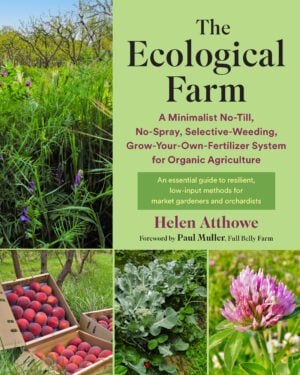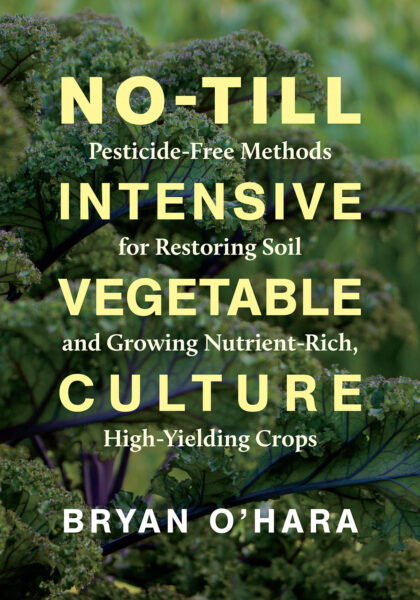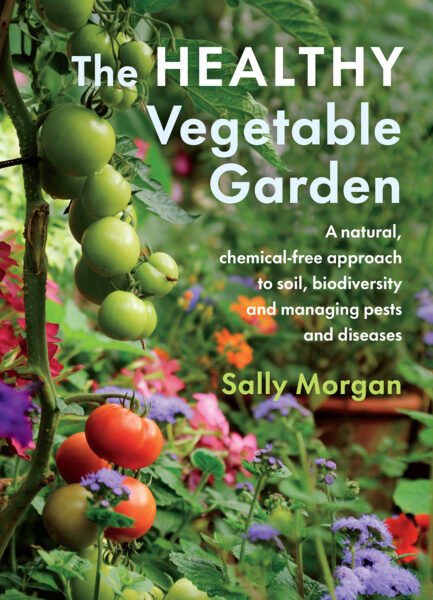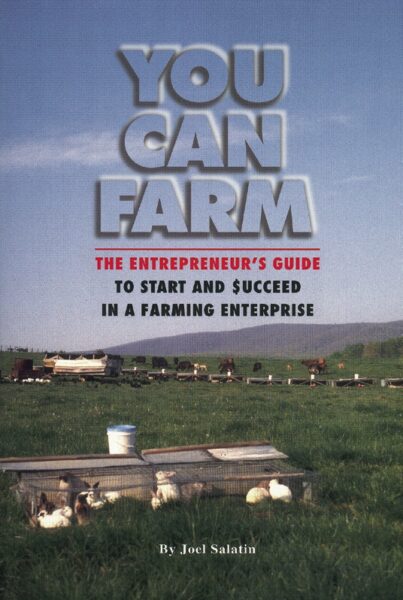How to Grow Healthy Plants: Strengthening Your Farm or Garden’s Immune System
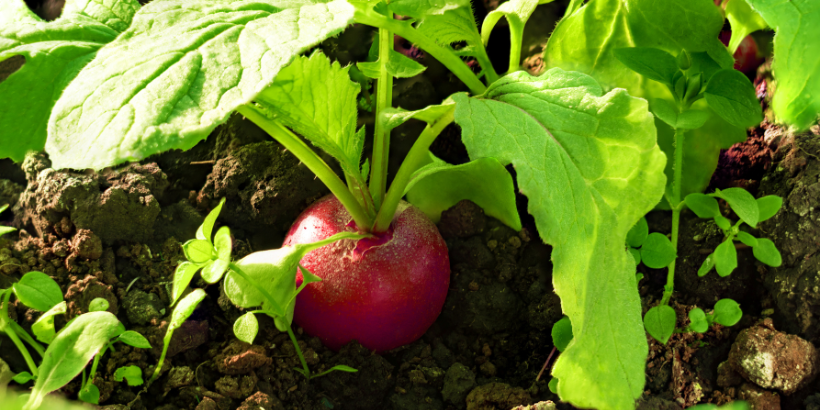
Searching for tips on how to grow healthy plants? Look no further. The Ecological Farm is the go-to guide for ecological growing, with a unique focus on reduced tillage, minimizing farm and garden inputs, and pest control.
The excerpt below offers advice on how to improve your farm or garden’s immune system through providing optimal conditions, managing plant competition, and achieving optimal nutrient balance.
The following is an excerpt from The Ecological Farm by Helen Atthowe. It has been adapted for the web.
When you take on the challenge of farming and gardening with nature and with minimal purchased inputs, it becomes vital to pay attention to your plants’ basic needs. Shifting the balance to your crops, so that they have an advantage over weeds, insects, and diseases, requires a focus on agro-ecosystem details.
Providing Optimal Conditions
Start with the basics of light, temperature, and water when you are shifting the ecological balance toward your crops. Optimizing these basic factors is key to raising crops successfully without a lot of added fertilizer and pest management inputs.
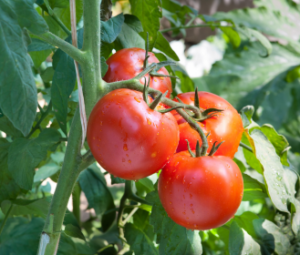 Light
Light
A grower’s instinct is to focus on watering at planting time, but providing the right light conditions matters just as much. Most vegetable crops need some shade when they are establishing new roots after transplanting or as they germinate. Let your plants focus on growing roots rather than leaf and shoot growth. This is an important time to think about cropping diversity and canopy structure. Shade from adjacent taller crops, trees and shrubs in a home landscape, living mulches in crop row middles, and/or row covers will help root establishment.
One of my tricks for growing tomatoes in Montana was to cover transplants in the field with hooped row cover for 4 to 5 weeks after planting to provide light shade. (Shade cloth provides heavier shade than row cover.) On the other hand, too much shade during later development of sun-loving crops can make those crops weak. When I grew annual vegetable crops in row middles in one of our California orchard fields, the shade-loving broccoli and lettuce did very well. Unfortunately, sun-loving eggplant, cucumbers, and tomatoes were weak and more susceptible to powdery mildew, slugs, and aphids (even in our dry climate).
Temperature
The wrong growing temperature for a specific crop negatively affects its ability to establish and grow well. Use row covers for heat and shade cloth for cooling. For example, cold injured brassica transplants are more susceptible to cabbage worms and cool-season-loving kale and broccoli are more susceptible to cabbage aphids when excessive summer heat slows their growth.
Covering young plants after transplanting into the field or garden mediates heat and cold extremes and thus can help prevent problems such as early flea beetle attacks or damage by root maggots on crops such as turnips. Excessive heat causes fruit crops to produce smaller fruit more susceptible to disease. I let my living mulches in the orchard grow tall to help cool my orchard when temperatures are above 100°F (38°C). Again, check each crop’s preferences and provide temperature as close to optimum as you can.
Water
Humidity, rainfall, soil moisture, and irrigation—or lack thereof—can make crops more or less susceptible to pests depending on crop preferences (and the pests’ preferences). For example, root knot disease of brassicas is encouraged by heavy rainfall and wet soil. Drought stress makes tree crops more susceptible to boring insects. In several studies, spider mites and rust mites feeding on drought-stressed crop plants grew faster than on non-stressed plants; mite damage was significantly higher on stressed plants.
Managing Plant Competition
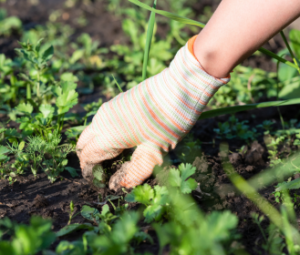 In an agroecosystem, the root zone is a crowded area in which crop roots interact and compete with root systems of neighboring plants and with soil microorganisms for space, water, and nutrients. Some crops handle sharing root space and nutrients well and compete well with neighboring plants for light. But others can be set back, especially when they are young and establishing roots. Poor competitors need to be considered in farm design and habitat building, and that relates to my default ecological principle regarding plant competition:
In an agroecosystem, the root zone is a crowded area in which crop roots interact and compete with root systems of neighboring plants and with soil microorganisms for space, water, and nutrients. Some crops handle sharing root space and nutrients well and compete well with neighboring plants for light. But others can be set back, especially when they are young and establishing roots. Poor competitors need to be considered in farm design and habitat building, and that relates to my default ecological principle regarding plant competition:
Weed selectively. Choose a ground cover mix; then identify and “chop and drop” the plants or “weeds” that are competitive with specific crops in specific growing situations and climates.
Perhaps not every gardener will want to manage a ground cover mix, especially in a small garden space. However, ground cover is part of maintaining a diversity of year-round growing roots in my low-input system with farm-grown fertilizers that multi-task as habitat for natural enemies. Weed suppression can also be a part of that system, but it requires diligent management of weed-crop interactions.
Optimal Nutrient Balance
My idea of a healthy plant has changed over the past 40 years. I once thought that the biggest, greenest, most vigorous, nitrogen-filled plants would give me the best quality and highest yield. (Thus my dedication in times past to using manure-based compost.) A healthy plant is one in which the main nutrients (such as nitrogen, phosphorus, and potassium) and the micronutrients are all balanced in relation to one another. No one nutrient should be out of a healthy range. For example, I still strive to grow vigorous plants, but now I understand that high levels of nitrogen in plant tissues don’t necessarily make plants healthier.
In fact, high nitrogen levels have been shown to make some crops more susceptible to insect pests such as aphids, thrips, and mites. Lower concentrations of soluble nitrogen (specifically nitrate-nitrogen) in plant tissue seem to make crops less susceptible to feeding damage by most types of insects. In several studies, applying fertilizers that rapidly release nitrate-nitrogen led to increases in sap-feeding insects. And in one review that spanned 50 years of insect and nitrogen research, 135 studies showed more plant damage and/or greater numbers of leaf-chewing insects and mites in nitrogen-fertilized crops. Only 50 studies reported less pest damage with nitrogen fertilization.1
Just as important, fast-release nitrogen fertilizers often cause plants to reduce investments in their “immune system”— their natural chemical defenses designed to fight off insect attacks and disease. High nitrogen in the soil around plant roots can diminish the ecological efficacy of important interactions among plant roots and microbes that help to suppress insects and disease. And as I’ve already discussed, it is becoming clear that higher-carbon, lower-nitrogen fertilizers increase soil microbial biomass and diversity as well as root-microbe interactions. These beneficial belowground soil microorganisms help plants better tolerate stress and streamline nutrient uptake, leading to optimal plant nutrient balance. All in all, healthy plants are those that are connected to and interacting with a healthy, microbially active soil agroecosystem.
Here’s the ecological principle that turns out to be a recipe for providing optimal plant nutrient balance:
Focus on carbon fertilizers. Prioritize slow-release, plant-based carbon fertilizers rather than fast-release nitrogen fertilizers.
Generally what I mean by “carbon fertilizers” are plant residues that have a higher carbon-to-nitrogen ratio (C:N ratio). So far this nutrient balance has helped me to maintain pest suppression without using any pest sprays on fruit or vegetable crops for the past 7 years. However, during a long heat wave in 2022, some vegetable pests reached economically damaging levels (cabbage worms on kale, flea beetles on arugula, and root maggots on turnips), and I had to decide to accept the damage. Beneficial insects eventually suppressed the cabbage worms on the kale crops, but we had to cover all successive arugula crops with row cover to manage flea beetles.
It’s not necessarily the case that the lower-carbon living mulch I use as fertilizer always results in a better nutrient balance. As all ecologists are fond of saying, “It depends.” It depends on your soil and the state of its microbial health, the nutrient requirements of the crop you are growing, and how early you want to get your crop to market or to your homestead table. Some infertile, degraded soils with meager microbial activity may need a heavy shot of a nutrient-rich organic amendments. Some soils may respond best to a turbojet intervention of plowing down a rapid-release, succulent legume cover, or even an application of manure-based compost. But generally, the way to provide optimal nutrient balance is to cycle organic residue fertilizers and carbon through the soil microbial community. I draw the analogy to the fact that humans need fiber as well as protein and vitamins in their diet. That brings us right back to this ecological principle:
Maintain growing roots year-round. Grow and maintain plants with living roots to keep the soil covered year-round and to feed the rhizosphere a steady, balanced diet of carbon and nutrients.
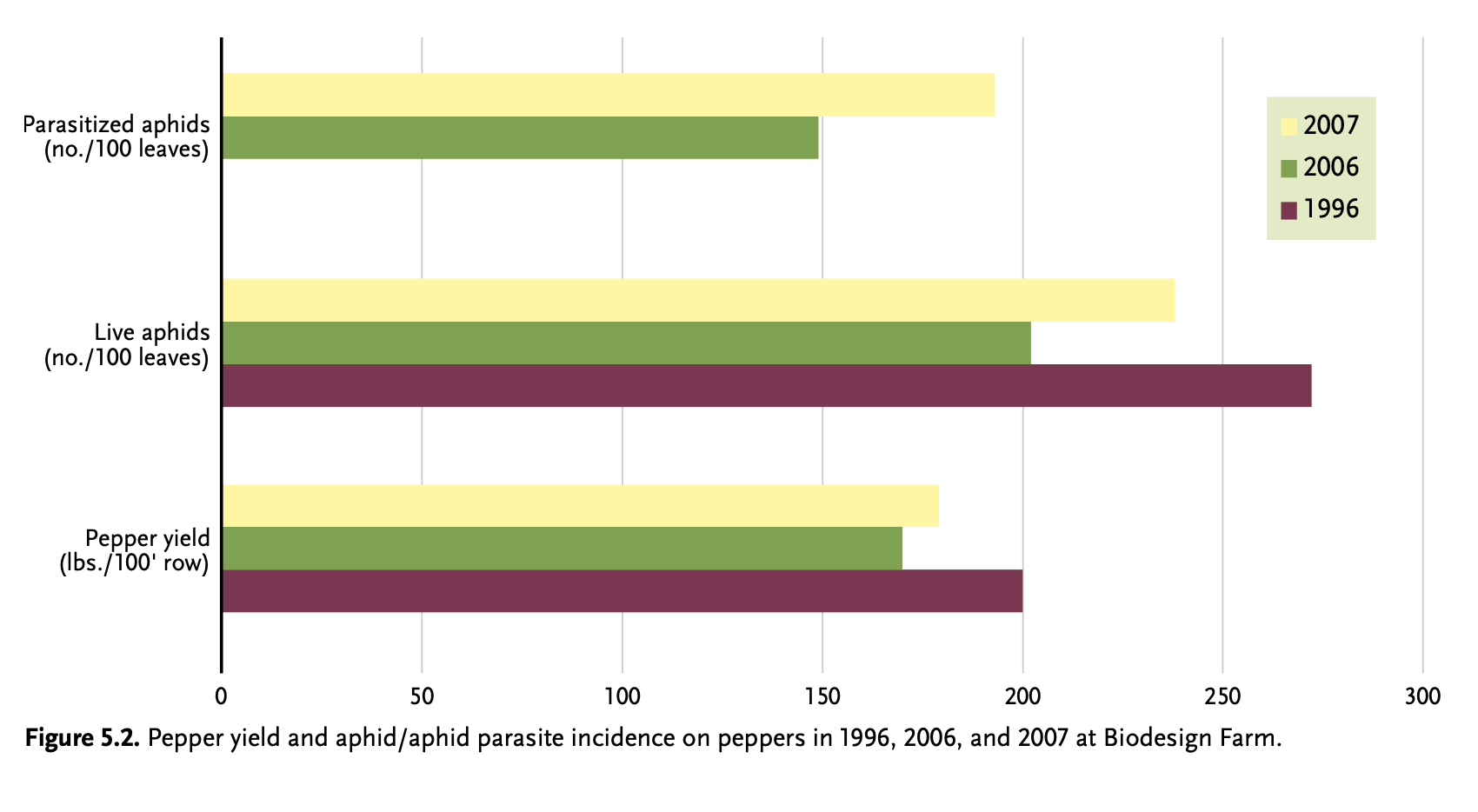 If we think only about crop nutrients, especially the big three of nitrogen, phosphorus, and potassium, we might forget the underground microbial labor force we are supposed to be nurturing as we build habitat for natural pest suppression.
If we think only about crop nutrients, especially the big three of nitrogen, phosphorus, and potassium, we might forget the underground microbial labor force we are supposed to be nurturing as we build habitat for natural pest suppression.
Our goal is three-part:
- To manage the carbon-to-nitrogen ratio of organic residues added to soils.
- To manage the timing of organic residue application.
- To match fertilizer carbon quality with crop growth stage.
Crops demand different nutrient levels at different growth stages. Generally, lower C:N ratio fertilizers (higher nitrogen) work better in the early growth stages (germination and first rapid leaf growth) and higher C:N ratios are best for the later stages (fruiting or crop maturity). We can control fertilizer carbon quality through the choice of maturity stage of plant residues.
Notes
- Miguel A. Altieri and Clara I. Nicholls, “Soil Fertility Management and Insect Pests: Harmonizing Soil and Plant Health in Agroecosystems,” Soil and Tillage Research 72, no. 2 (2003): 203–11, https://doi.org /10.1016/S0167-1987(03)00089-8.
Recommended Reads
How to Grow and Maintain Fruit Trees: General Fruit Tree Management
Recent Articles
Everyone loves a refreshing, fermented, nutritious drink…even your garden! Take your fermentation skills out of the kitchen and into the garden by brewing fermented plant juice. The following is an excerpt from The Regenerative Grower’s Guide to Garden Amendments by Nigel Palmer. It has been adapted for the web. How to Make Fermented Plant Juice Fermented…
Read MoreWant to see your crops thrive this upcoming growing season? The key is in soil fertility and health. Spend time maintaining your soil’s health to guarantee bigger and better crops come harvest time! The following is an excerpt from No-Till Intensive Vegetable Culture by Bryan O’Hara. It has been adapted for the web. What Is Soil Fertility?…
Read MoreMany know the effects of catnip on our feline friends, but few realize that catnip has medicinal effects for humans. From stomach aches to reducing fevers, catnip is a versatile herb with many benefits. The next time you grow this plant for your cat you may end up taking a few cuttings for yourself! The…
Read MoreIt’s time to take control of your seeds and become a plant breeder! Saving your seed allows you to grow and best traditional & regional varieties, and develop more of your own. The following excerpt is from Breed Your Own Vegetable Varieties by Carol Deppe. It has been adapted for the web. Becoming A Plant…
Read MoreRewilding is one of the best things you can do for the biodiversity of your farm or garden. By no longer mowing your lawn, flowers will start to grow, creating a meadow and a habitat for creatures that often get forgotten. The following is an excerpt from The Healthy Vegetable Garden by Sally Morgan. It…
Read More

